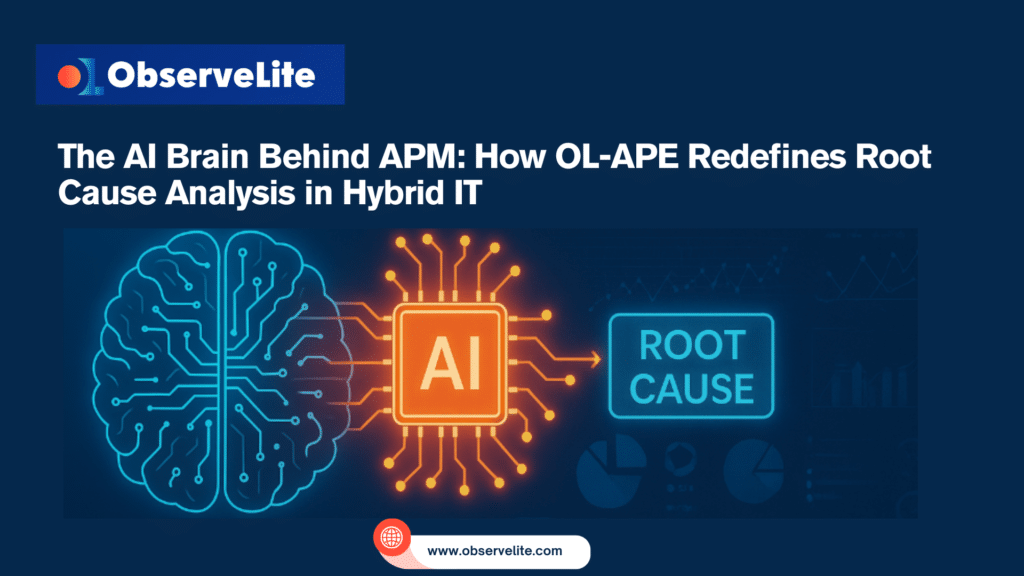AI-powered root cause analysis is not just a nice-to-have—it’s become essential in hybrid IT environments where even minor misfires can lead to major outages.
Think of the last time a service slowed down or crashed. Chances are, your team sifted through logs, metrics, and traces from different tools, hoping to connect the dots. Hours pass. Frustration builds. SLAs wobble.
The problem isn’t observability. It is interpretation.
That’s where OL-APE—ObserveLite’s Application Performance Engineering platform—redefines the game. Powered by a domain-specific generative AI engine, OL-APE doesn’t just collect telemetry. It explains what’s wrong, where it started, and what you can do about it.
Welcome to root cause analysis with a brain.
Why Traditional APM Tools Miss the Mark
Conventional monitoring platforms generate vast amounts of telemetry data:
- CPU and memory usage
- Application logs and traces
- Network flows and error counts
But they rely heavily on:
- Static thresholds
- Manual correlation
- Separate dashboards for each layer (infra, app, DB, network)
In complex hybrid environments, these limitations become blockers. When something breaks, you’re forced into detective mode—jumping between tools, eyeballing patterns, and guessing relationships.
It’s slow. It’s inefficient. And it’s not scalable.
Enter OL-APE: Built for Root Cause Intelligence
OL-APE changes this by embedding OLGPT, a generative AI trained on full-stack telemetry from real-world production systems. It acts like an expert SRE that understands your infrastructure at scale—across clouds, containers, services, and APIs.
Here’s how OL-APE upgrades your APM stack:
1. Behavioral Anomaly Detection
No more fixed thresholds. OL-APE builds dynamic, intelligent baselines for every monitored entity—from Kubernetes pods to JVM threads.
If a deviation occurs, it’s flagged in context, not isolation.
Example:
Response time increases 22% after a new release? OL-APE detects this as statistically abnormal and kicks off diagnostic correlation—automatically.
2. Cross-Stack Correlation
OL-APE stitches together telemetry across:
- Infrastructure events
- Application logs and traces
- Database latency spikes
- Container memory pressure
- Cloud provider APIs
Instead of looking at one layer, it correlates behavior across them all—building a causal chain from symptom to source.
3. Natural Language RCA Reports
Why sift through dashboards when OL-APE can just explain?
It translates complex findings into clear, contextual summaries:
“Degradation in Service X linked to spike in GC time on Node 5. Caused by memory leak introduced in build 2024.3.1.”
These reports are audit-friendly, dev-readable, and business-aware.
4. Prescriptive Remediation Guidance
Once the issue is understood, OL-APE either:
- Suggests the fix (e.g., rollback deployment, tune DB, scale pod)
- Or initiates automated actions if integrated with DevOps tooling (Terraform, Jenkins, GitOps, etc.)
And it logs every step for transparency and compliance.
Built for Hybrid Complexity
OL-APE is natively designed to operate across:
- Cloud-native stacks (AWS, Azure, GCP)
- Containerized environments (Kubernetes, Docker)
- Legacy apps and on-prem services
- Serverless and microservices architectures
It understands interconnected behavior, not just surface-level data. So even if an issue starts in your database and manifests as a UI glitch, OL-APE will see the full path—and explain it.
Who Is OL-APE For?
🔹 Site Reliability Engineers (SREs)
Want to reduce MTTR, eliminate alert fatigue, and focus on prevention instead of postmortems.
🔹 DevOps and Platform Teams
Need unified telemetry with intelligent automation to handle scaling and rollout risks.
🔹 Engineering Leaders
Looking for tools that align observability with business uptime and user satisfaction.
🔹 CIOs and CTOs
Focused on reducing downtime, improving SLA compliance, and enabling smarter ops with fewer resources.
Why This Matters Now
The old model of APM is reactive. You monitor. You alert. You guess. You fix.
But with increasing system complexity and user expectations, the stakes are higher. Outages are not just technical—they are business-threatening.
OL-APE introduces AI-powered root cause analysis that keeps pace with this complexity. It brings intelligence to the flood of observability data and turns noise into decisions.
Final Takeaway
Most APM tools show you what went wrong.
OL-APE shows you why—and what to do next.
If you’re operating in a hybrid IT environment and still relying on manual RCA workflows, you’re already behind.
With OL-APE, you move from:
- Reactive → Proactive
- Guessing → Knowing
- Monitoring → Understanding
This is the new era of performance engineering. Not just smarter. Generative.


